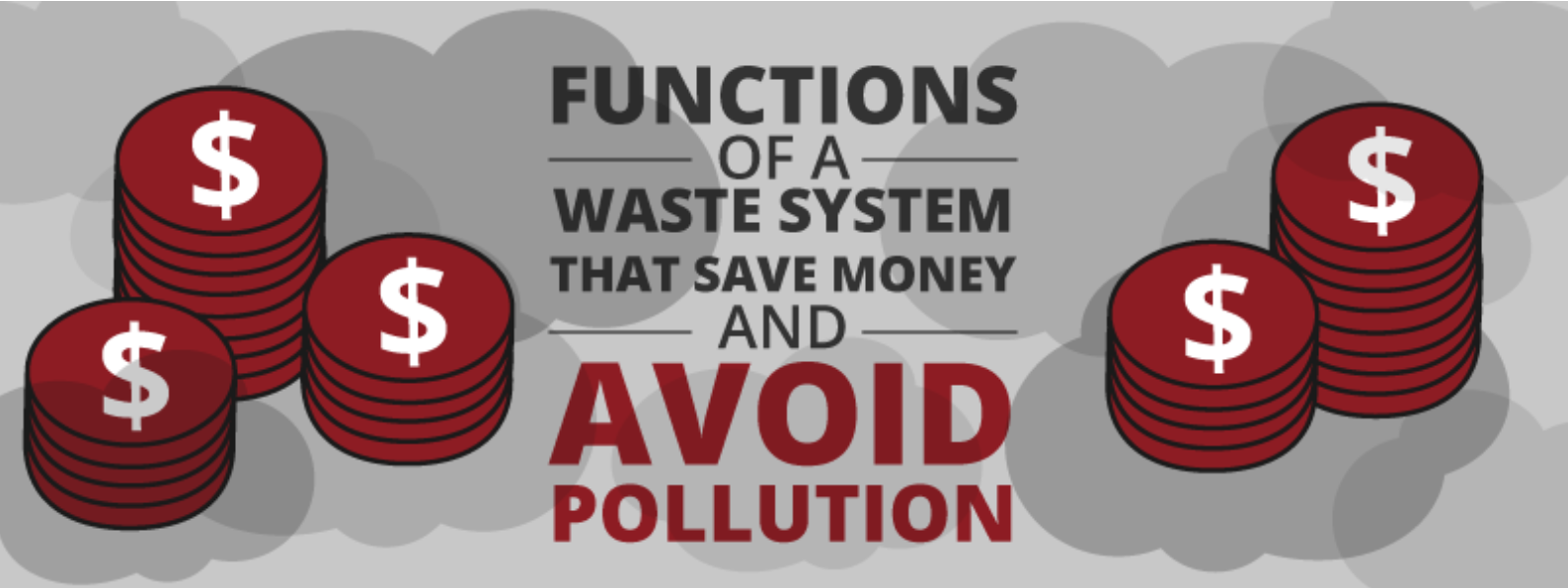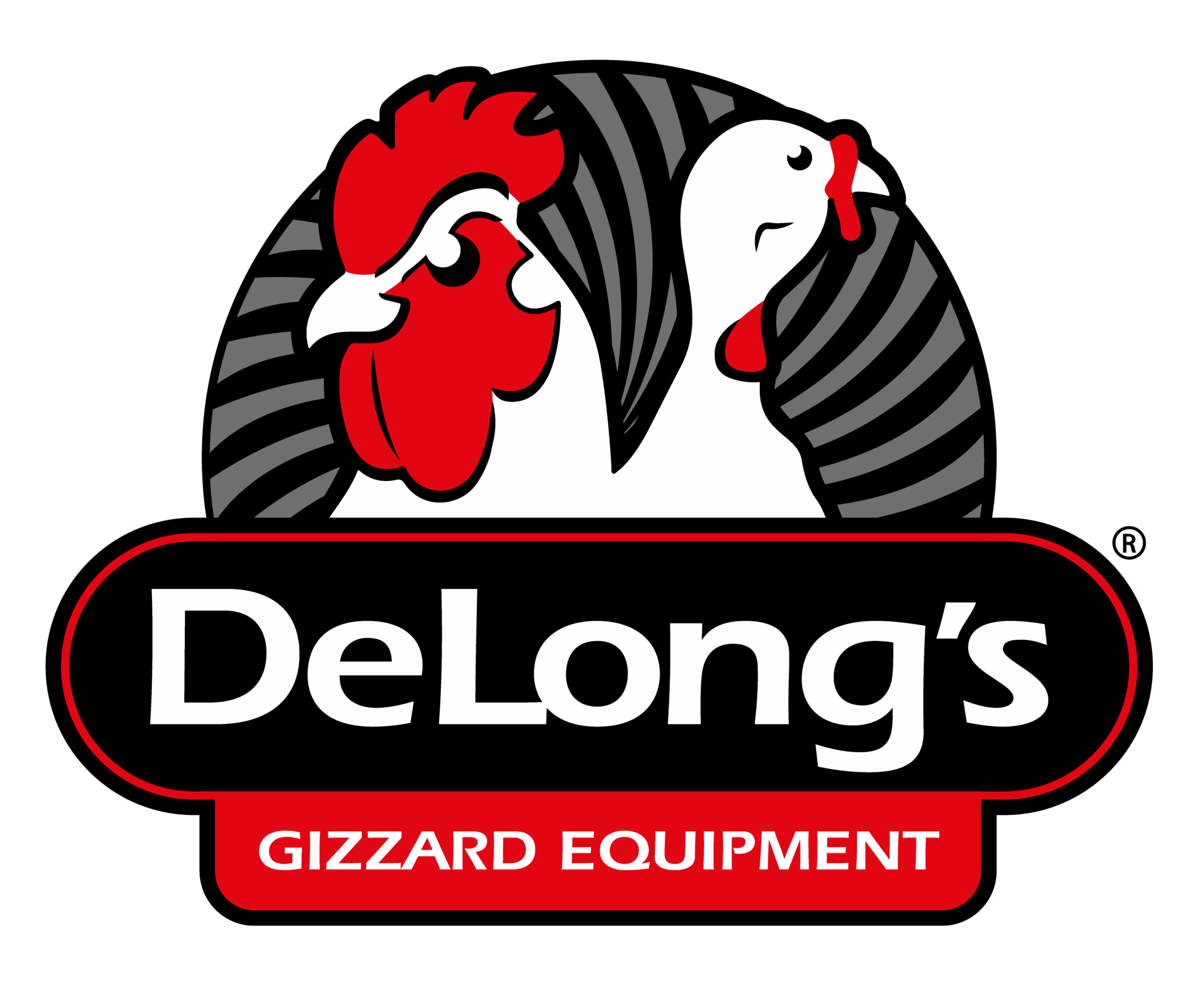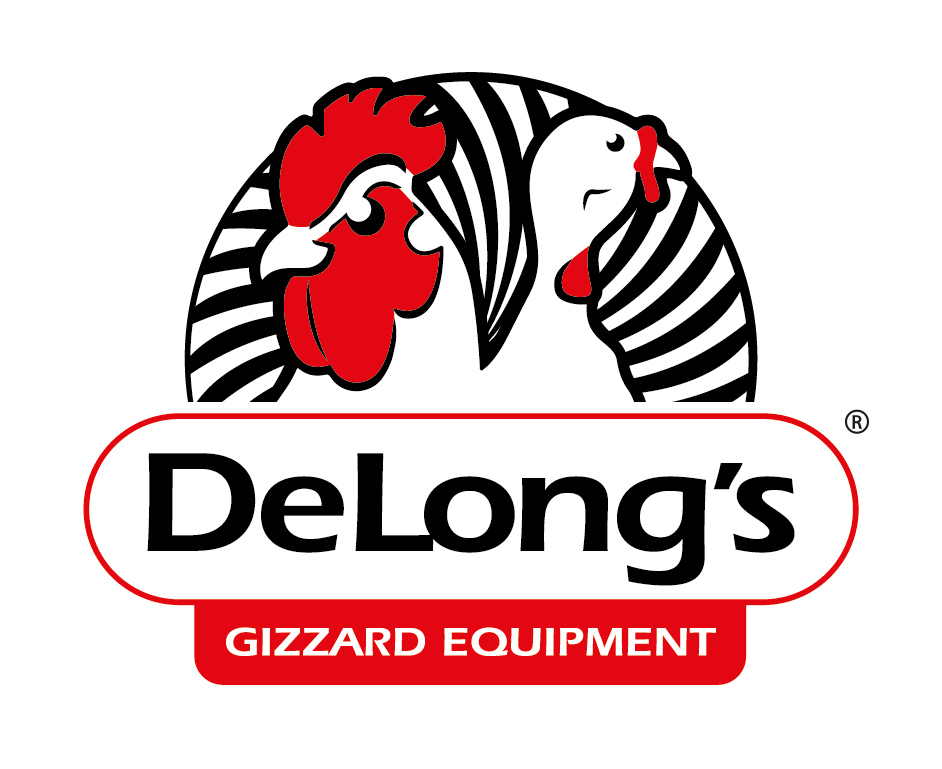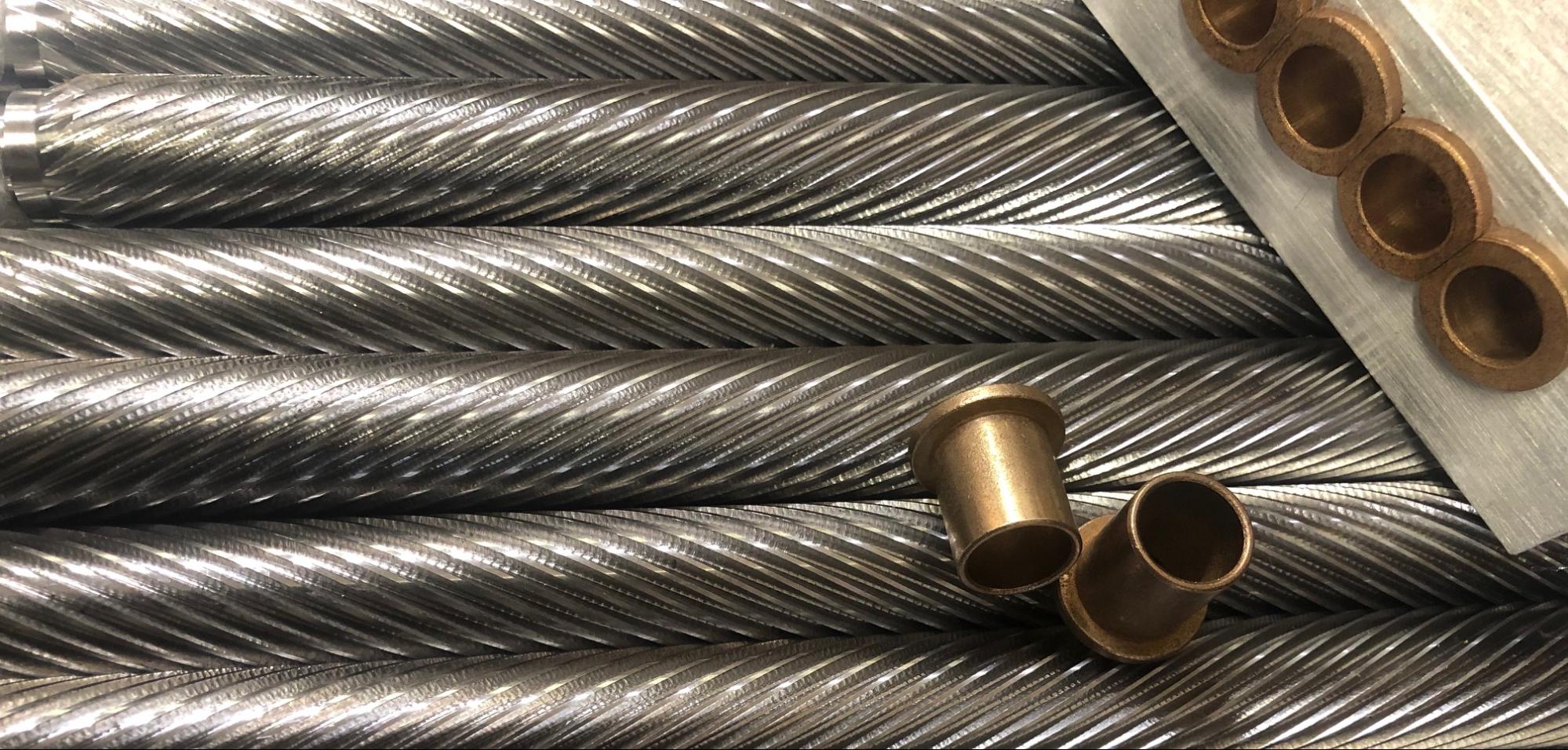
25 May FUNCTIONS OF A WASTE SYSTEM THAT SAVE MONEY AND AVOID POLLUTION
Pollution poses a huge problem for meat production plants. Beyond slowing the plant’s processes down, pollution can lead to environmental concerns, product recalls, and even plant shutdowns. For the best results and the safest products, poultry production plants need to have systems in place to keep pollution at bay.
Waste management should create the cleanest plant possible without creating any excess waste, saving money and the environment simultaneously. Some features of a properly-designed in-plant waste system include:
Recovery and Reuse of Materials into Useful Byproducts
Recycling is always a smart move, both for saving money and for conservation, and the same holds true for production plants. By setting up processes that will allow you to recover leftover blood, fat, and other animal parts from your wastewater channels and repurpose these parts elsewhere, you’ll end up with excess materials and a cleaner final product.
Equip the outlets of you wastewater channels with screens and fat traps to recover the fat and coarse materials that have gotten into the combined wastewater stream. These can be used to capture blood, fat, and slime that escapes and convert them into products such as lards and oils (PPA). Paunches and intestines can also be processed for the same purpose.
Minimize Water Consumed During Production
Beyond recycling your plant’s waste, it’s also wise to limit the amount of waste that is produced in the first place.
First, make sure that your plant is using taps with automatic shutoff valves. These will help ensure that no excess water is being used when it’s not actually going toward the finished product. Using high water pressure for your processes can also help ensure that the water you’re using goes only where it needs to.
Many production plant managers have found success by eliminating wet transport, or pumping, of their plants’ waste products (PPA). By using dry processes for initial clean excess feathers or intestines and then doing final cleaning with water, you’ll be able to cut down on your water bill considerably.
Reduce Solid Waste Entering Wastewater
Managers can reduce their liquid waste load considerably just by keeping wastewater free of solid waste and concentrated liquids.
By covering your plant’s collection channels with grids, you’ll be able to reduce the amount of solids that can enter through the water. You can then dry clean and dispose of solid waste parts individually prior to wet cleaning, saving on water costs and preventing pollution in the process. This is especially helpful for manure from the stockard or from intestine processing.
Separate Processes
One of the best steps to take to prevent pollution is simply to ensure that every process at your plant is kept independent of others.
Don’t forget that water going to one process can’t be allowed to mingle with water going to another. Separate any cooling water from process water and wastewaters, and don’t forget to recirculate cooling water (PPA).
In regards to your physical raw materials, store them in cold, closed-off, and well-ventilated place away from other processes. Pasteurizing your raw materials before processing will further help you halt the biological processes that can generate odor and air pollution throughout the plant.
Clear the Air
Air emissions can also be a heavy contributor to pollution, so isolating and ventilating all of your plant’s potential sources of odorous emissions is a necessity.
The key step is to reduce your plant’s air emissions through air recirculation and filtering. For added effectiveness, add oxidants, such as nitrates, to wastes in order to reduce the odor they produce.


